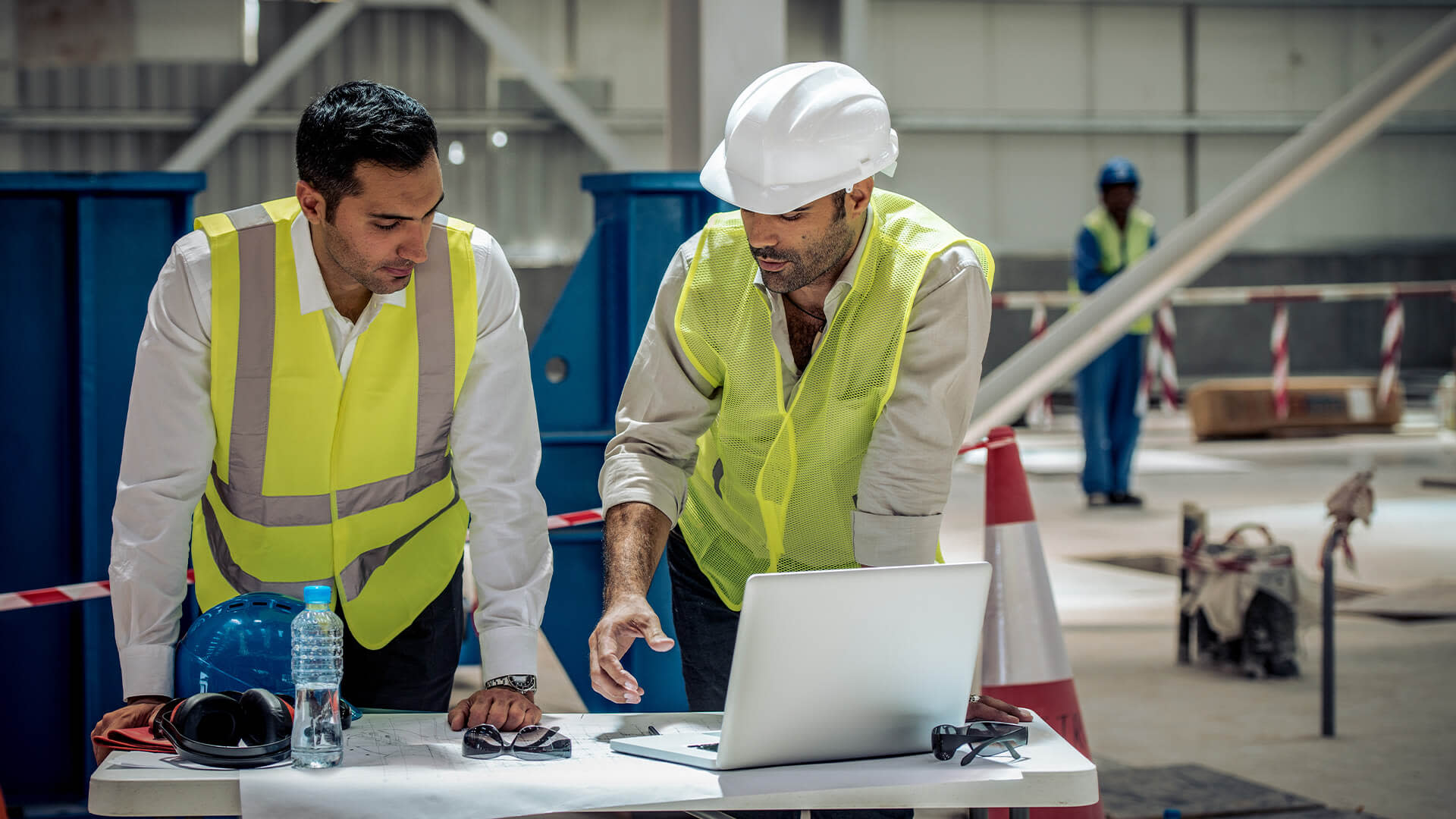The flight of skilled workers from construction has been an issue for some time. The Great Recession of 2008 combined with COVID-19’s lockdown took large bites out of construction’s workforce. This is a labour setback from which the global industry has yet to fully recover. Now, the last of the Baby Boomers are coming up for retirement across all employment sectors. For the U.S. construction industry, this stark fact means that 41% of the construction workforce will retire in 2031.
This mass retirement will be not only a labour drain, but a gigantic loss of accrued expertise and institutional knowledge. Construction needs a new generation of workers to begin feeding into the industry, receiving the wisdom, and training from veteran employees before they walk off the jobsite forever. But the youth have not shown keen interest in signing on to a career in construction. Why not?
Construction’s Brand Could use a Reboot
In a technologically driven age, construction’s often analog processes can seem archaic to the next generation, making such careers less attractive. But construction is changing—and dramatically. Technology has come to the construction jobsite and backoffice with all banners waving, and with it an innovation culture that is changing the very spirit of the 21st century construction sector. Construction today is inherently more dynamic, exciting, and ever-changing to those working within it. For example, Gen Z’s top-of-mind advocacy of sustainability aligns with construction’s global green initiatives—a common cause of which this generation is largely unaware and has not been sufficiently highlighted by the construction industry.
Gen Z Workers Find Fulfillment Their Own Way
61% of Gen Zers feel you should only go to college if you already know what you want to be. This presents an opportunity for an industry like construction to get in on the ground floor and offer stable careers and good salaries to these future workers early.
In fact, the average annual pay difference between trade school entry-level jobs and bachelor’s degree-earners is a mere $12,000—and once the four-year-college “debtor” downside is calculated, that $12,000 vanishes from the ledger. The average federal student loan debt for a four-year college at $36,510, with half the student borrowers still owing $20,000 after some 20 years in the workforce.
Whether or not higher education aligns with the individual student’s ambition, parents and counselors tend to push kids toward universities. This is a possible explanation for why—in the U.S.—the completion rate among bachelor’s degree-seekers is 60%.
A poll by the Educational Credit Management Corporation (ECMC) suggests that teens are beginning to question four-year college as the post high-school default. 86% of surveyed teens say they feel pressure—from family, parents, and society—to attend a four-year degree program, 58% adding they feel a vocational education makes more sense.
To turn these polled sentiments into a construction employment trend, the industry needs to rethink its outreach and directly appeal to high school teens as they reach their senior year decision point.
Steps to Attracting the Future Construction Workforce
Global Gen Z wants paradigm-changing technology, a personal role in improving the world, and work whose progress is rewardingly visible. Tall order? Not necessarily. In construction, these are the unsung characteristics of the job. How does this message get out in a way that will inspire the world’s Gen Z to respond? Here are some tips for connecting with your future workforce.
Gen Z is a little more averse to advertising than others and takes its cues from influencers when making decisions. Construction firms need to find authentic influencers in the field and office—and put them on social media to speak in unscripted terms about their experience in construction.
EDGE, LEED, and GREEN STAR certifications, net-zero builds, space age materials research, sustainability—construction is going green and growing an eco-conscience. Let’s turn this industry evolution into enthused, vibrantly written, counterintuitive thought leadership aimed at the Gen Z readership.
Recruitment messaging should prioritize good pay, great medical, enticing cultural atmospheres, solid paid time off, and tuition assistance—the hallmarks that distinguish a career from a job.
Gen Z wants to excel, and they can if given a workplace that shows it is paying attention and values their presence.
The advanced technologies being continually developed in the construction space—BIM, AI, Virtual Reality, Exosuits, Wearables—deserve more attention. Construction’s mind-blowing technological progress has an untapped, appreciative audience.
Educated Youth at a Crossroads
Purpose. Construction is fueled by it, and is on a mission that stands to impact the known world. It’s time to build a bold and expressive narrative around that and get it in front of tomorrow's workforce. Gen Z is neither fixated on higher ed, afraid to get its hands dirty, or locked into any predictable personal progress track. This may be the most pragmatic and open-minded generation of fulfillment-seekers in modern times.
Happily, Gen Z’s concerns speak precisely to elements of the new construction ecosystem.
To young job-seekers in search of fulfillment, authentic purpose, and professional mojo, construction may be the working world’s best kept secret. It’s time to change that. Your workforce is out there—go get them.






